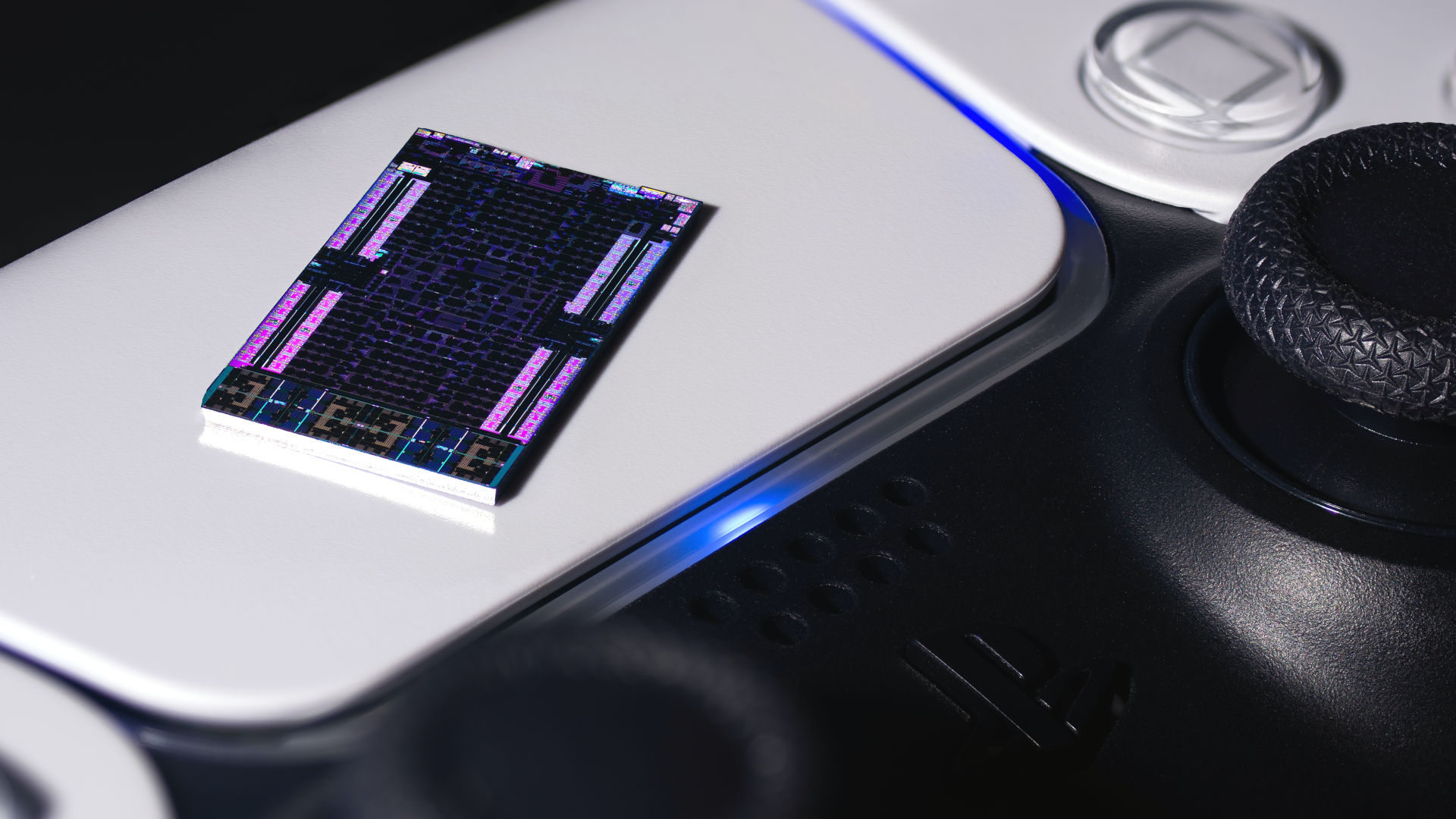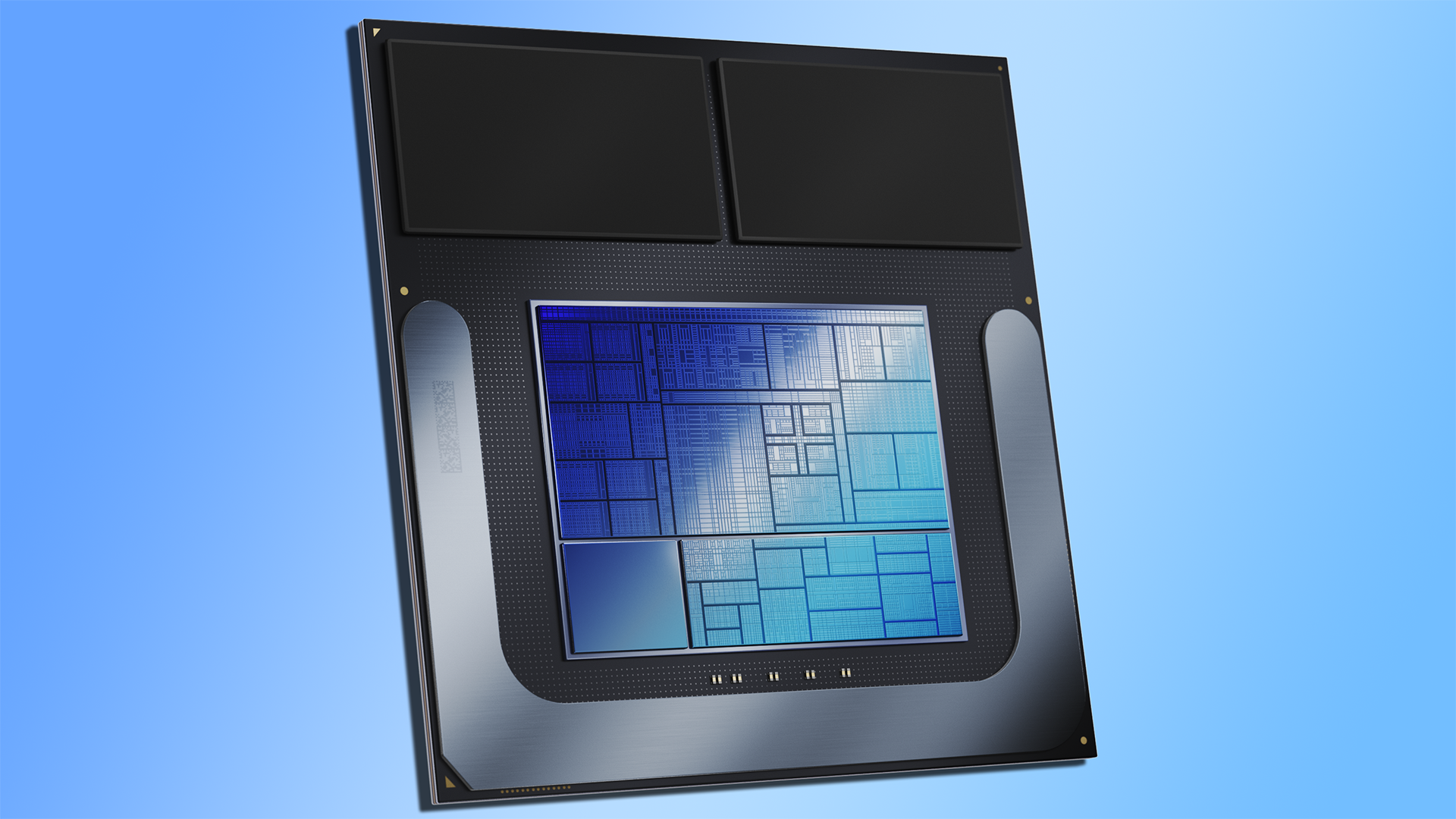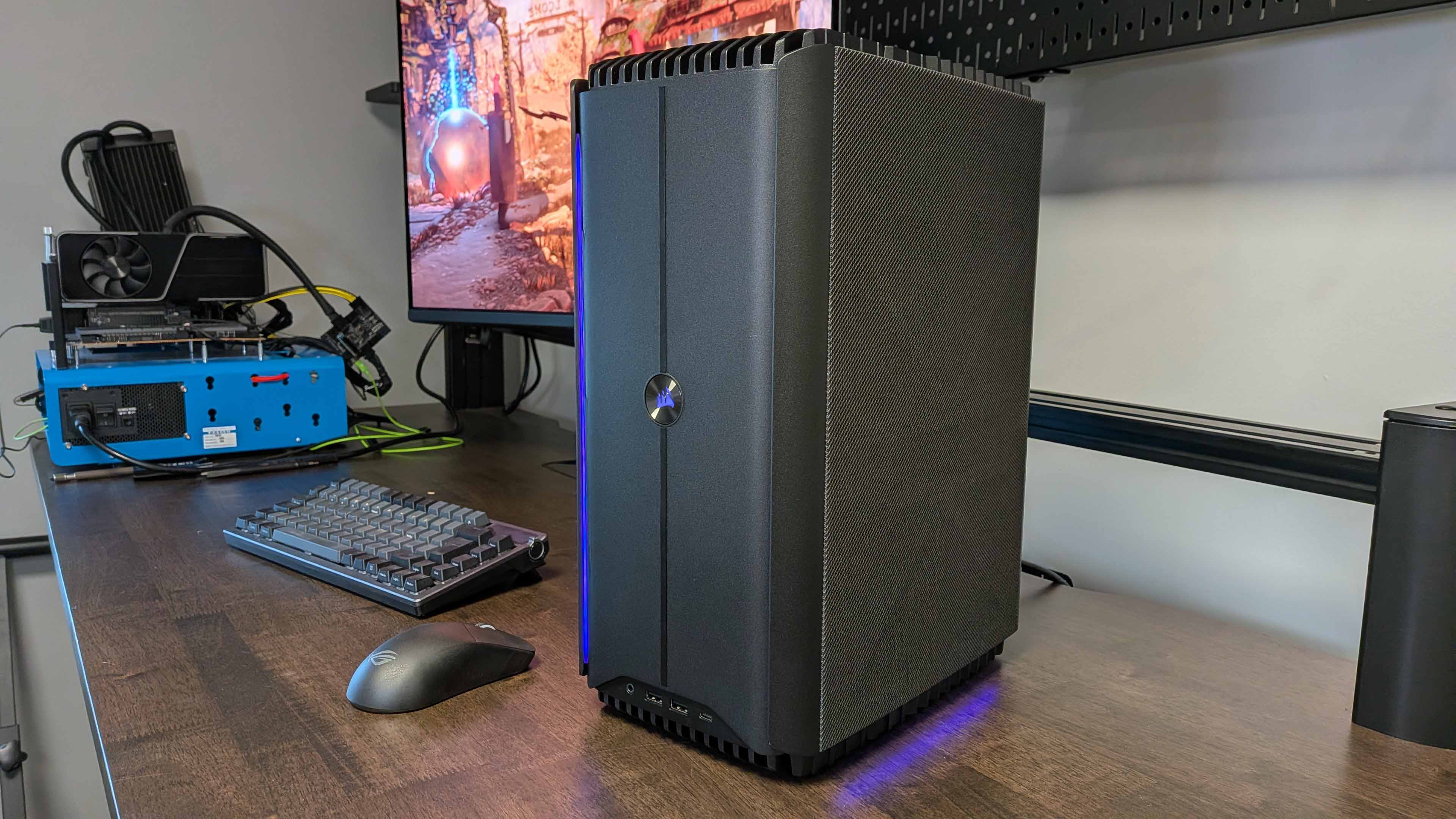Intel was in the running to make the PlayStation 6 APU but lost out to AMD due to disputes over profit margins, report claims
It's alleged that the contract was worth a cool $30 billion, which Intel could really do with right now.

With the launch of the PlayStation 5 Pro, AMD continues to be the console chip maker of choice, and given its history with Sony, we've all expected that it will remain in place for the PS6. However, according to a new report, multiple processor companies competed for the chip contract, including Intel, which ultimately lost to AMD over disputes about profit margins.
The report in question comes from Reuters so it's not some random tech blogger who has said this, though naturally there aren't any named sources for the information. It's being claimed that AMD, Broadcom, Intel, and other chip companies all submitted bids for designing and manufacturing the processor that will power Sony's next-generation PlayStation console.
Given that AMD had the contract for the PlayStation 4, PS4 Pro, PS5, and the freshly announced PS5 Pro, you'd be forgiven for thinking that it was already a done deal that Team Red would be used again.
Well, it appears not, and a flurry of discussions between Sony and Intel were apparently held in 2022, with the goal being that not only would Intel design the chip, it would make them via its own foundries, rather than using TSMC.
If Intel had been successful in its bid, it would have provided a much-needed boost in revenue for the company. Reuters claims the deal would have been $30 billion over the period of the contract, requiring its chip factories to churn out thousands of silicon wafers every month.
In 2023 alone, Sony states that 20.8 million PlayStation 5 consoles were sold and every one of them sports an AMD all-in-one APU chip.
AMD doesn't break down its financials in enough detail to work out just how much money it makes from the Sony contract but in the same year, its gaming division enjoyed a revenue of $6.2 billion and the majority of that is the PS5 chip. However, its operating income was $0.9 billion which tells you everything you need to know about how big the profit margin is with console processors.
Keep up to date with the most important stories and the best deals, as picked by the PC Gamer team.
Reuters states that it was this very thing that ultimately stopped Intel from picking up the PS6 contract: "A dispute over how much profit Intel stood to take from each chip sold to the Japanese electronics giant blocked Intel from settling on the price with Sony, according to two of the sources. Instead, rival AMD landed the contract through a competitive bidding process that eliminated others such as Broadcom, until only Intel and AMD remained."

I suspect that there was more to it than just profit margins, though. Intel's foundry service doesn't really have any big-name customers on its books, although it has made its systems ready for any Arm-based orders. The new chip would have employed an awful lot of unknown technology, especially regarding the GPU (Arc had only just been announced in 2022).
With AMD, Sony would know exactly what it was getting and sticking with them would keep game developers a lot happier.
While the Sony contract doesn't generate a huge amount of income for AMD, it does provide a lot of stability for its revenue stream and that makes it appealing to investors and sourcing loans and the like.

Best CPU for gaming: The top chips from Intel and AMD.
Best gaming motherboard: The right boards.
Best graphics card: Your perfect pixel-pusher awaits.
Best SSD for gaming: Get into the game ahead of the rest.
If Intel could have foreseen just where it would be in just two years, it perhaps would have tried even harder to grab the chip contract because all is not well with Team Blue at the moment.
Its forthcoming Arrow Lake processor looks very promising but very little of it is made by Intel. Instead, all of the tiles are manufactured by TSMC (as are the Lunar Lake laptop chips), which is hardly a glowing tribute to the quality of Intel's foundries.
The last gaming console to sport an Intel processor was the original 2001 Xbox, which was equipped with a semi-custom Pentium 3 processor (and a separate Nvidia GPU). Since 2013, both Sony and Microsoft have relied on AMD for designing and manufacturing the all-in-one CPU-GPU processor.
Despite Intel's best efforts, it looks like it'll continue to be AMD into the next decade.

Nick, gaming, and computers all first met in the early 1980s. After leaving university, he became a physics and IT teacher and started writing about tech in the late 1990s. That resulted in him working with MadOnion to write the help files for 3DMark and PCMark. After a short stint working at Beyond3D.com, Nick joined Futuremark (MadOnion rebranded) full-time, as editor-in-chief for its PC gaming section, YouGamers. After the site shutdown, he became an engineering and computing lecturer for many years, but missed the writing bug. Cue four years at TechSpot.com covering everything and anything to do with tech and PCs. He freely admits to being far too obsessed with GPUs and open-world grindy RPGs, but who isn't these days?

